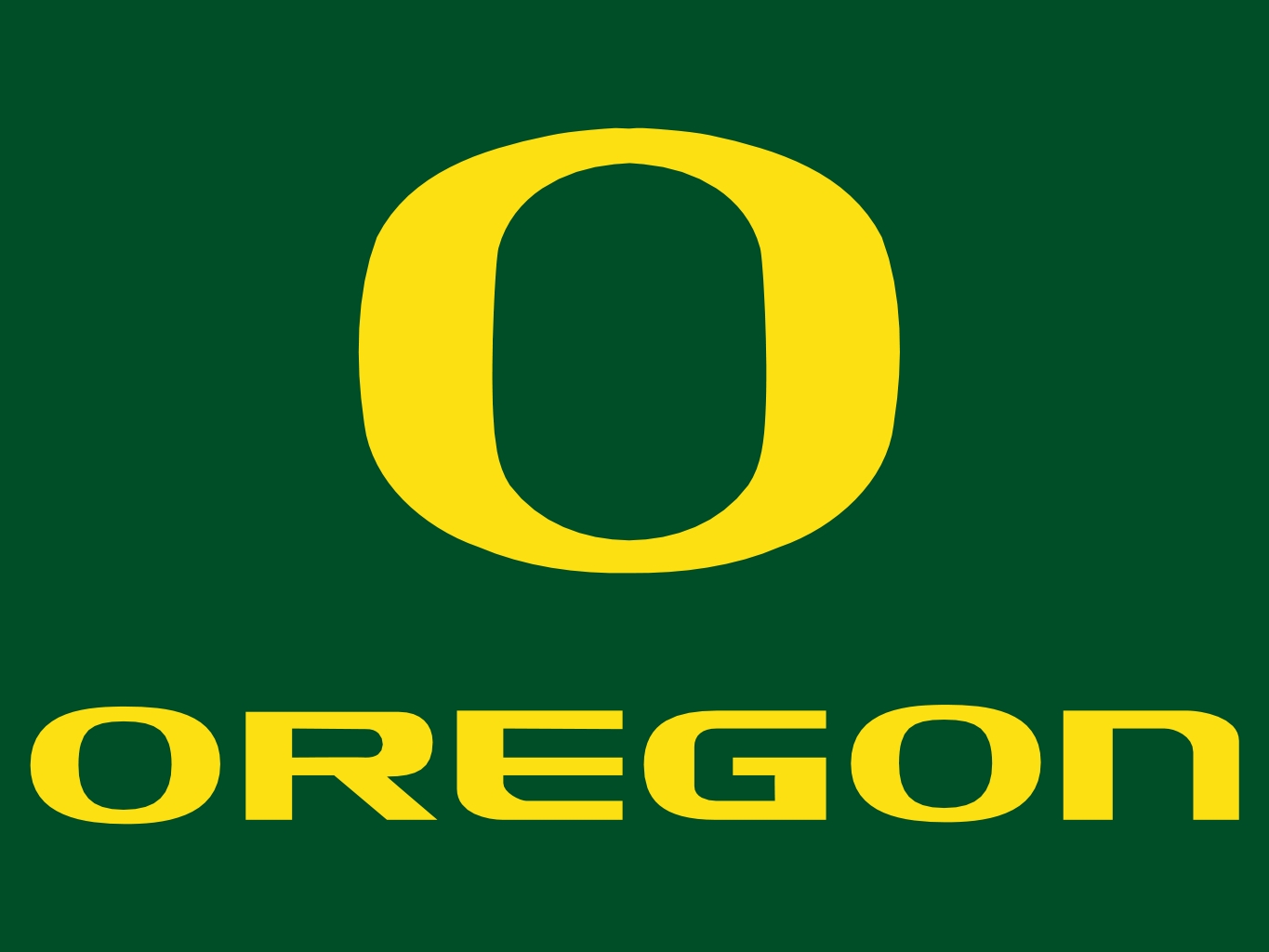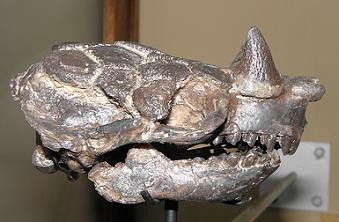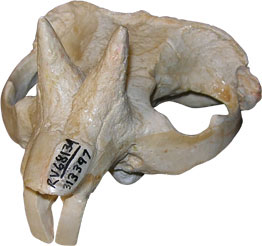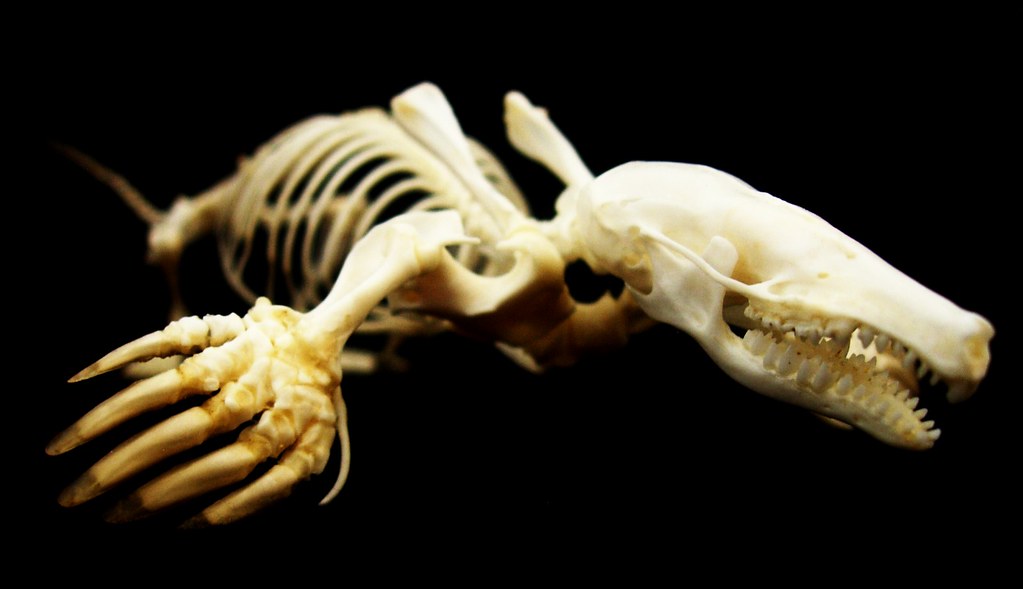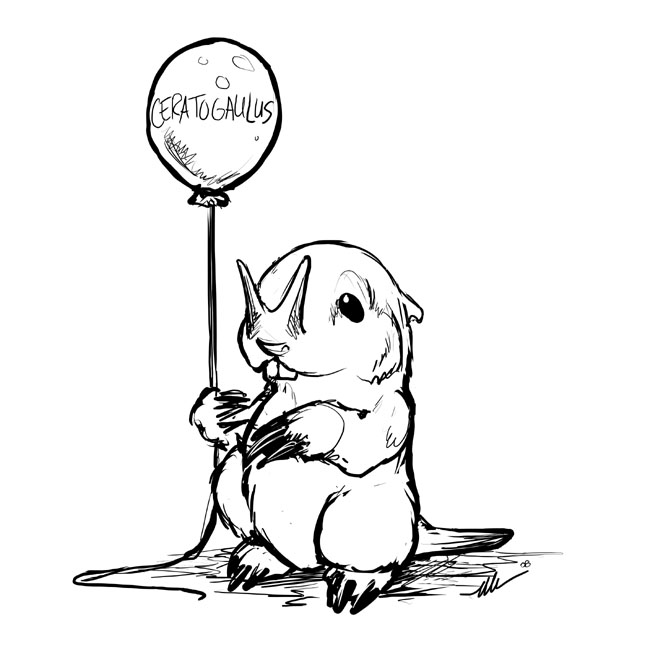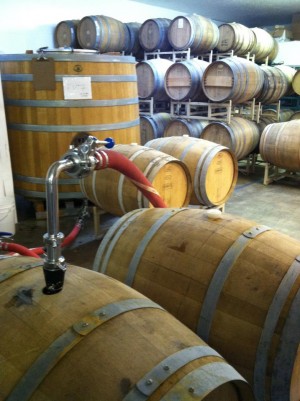So you may or may not be aware of the dinosaur fossil sale dustup over on
ThinkGeek that began about three weeks ago. To summarize, ThinkGeek put some dinosaur fossils up for sale on their site, and the vertebrate paleontology communities caught wind of it. Most of the comments about the sale came from two camps: the museum/university paleontology community, and the commercial paleontology community. The museum/university paleontologists have voiced overwhelmingly critical opinions of the sale, while the commercial paleontologists have supported it. The storm of comments has quieted down over the past few days and I've had time to let my own thoughts settle. I've come away realizing that there is a giant, gaping lack of knowledge and a lot of misinformation about how
the science of paleontology gets done. This includes fieldwork and collecting of fossil material that drives research and education, and how fossils are used to answer research questions in paleontology. Perhaps more importantly, there is a gap in understanding of why these processes work the way they do and why many of them are necessary. So, I'd like to talk about how paleontology as a field of science gets done and why so many paleontologists are against the commercial sale and auctioning of vertebrate fossils.
 |
Fossil hunting for the NPS at Hagerman Fossil Beds in
Hagerman, Idaho. Here we are searching for micro-fossils,
which includes material like rodent teeth, and bones from
rodents, frogs, small snakes and fish, and sometimes birds!
They may seem small and useless, but these kinds of
fossils form the basis of our understanding of
ancient ecosystems. |
|
The importance of accessible museum fossil collections, and doing good science.
In order to get science done, scientists need data. Data are made up of individual occurrences, observations, and measurements, which are collected and analyzed in a rigorous fashion. These data and the analyses they are subjected to become completed research, which, bit by bit, build on our understanding of the past (in the case of paleontology). Robust data sets with lots of data points, when studied using reliable, appropriate methods, provide stronger results. Stronger results create a better position to generate conclusions about the research that was done. For paleontologists,
fossils are data, the essential materials upon which all the science is built. This means that for paleontologists doing research that requires large data sets of a single group of fossil organisms, or lots of fossils from lots of different organisms, a large number of fossils are needed. Sometimes the researcher will need a large number of fossils of a very specific part of a single group of organisms.
Rodent molars,
camel ankles,
snake vertebrae,
sauropod dinosaur femora, and
fish fins are tiny set of research topics that may require many, many fossils from different species across wide stretches of geologic time.
 |
Meaghan, with a fossil oreodont skull. What kind of oreodont?
Meaghan is studying all the well-preserved
skulls she can find to answer that exact question. She is also,
on occasion, cuddling them. |
One pro-fossil sales commenter noted, for example, that
oreodonts are extremely common, and that selling a hundred would do little to harm any science. It is important to remember that not all fossils, even from a single group of organisms, are exactly alike. An identifiable fossil from a common prehistoric organism can be just as scientifically useful and important as a fossil of a less common organism. For example, Meaghan Emery over at
Mary Anning's Revenge is studying oreodonts. More specifically, she is looking at their skulls to work out how we can accurately tell different oreodont species apart. This is really, really hard because of the
natural variation that exists between different individuals of the same species, and sometimes
between males and females of the same species. Similarities between different species also makes this research tough. Throw in
changes in skull shape and appearance that take place as an animal ages, and you can see how difficult this question can be to answer. To work around all of this natural biological variation, she needs a whole bunch of well preserved oreodont skulls of all shapes and sizes. Losing a hundred skulls - Or even twenty! - to commercial markets, be it now or over the course of the last one hundred years, would be a huge deal for the outcome of her project and the quality of new understanding it brings us. It all adds up! Our understanding of the history of life on earth is an accumulation of knowledge gained from fossils collected and studied by paleontologists. Lose the fossils, and our ability to learn and understand new things is lost as well, piece by piece, fossil by fossil.
 |
A fossil borophagine jaw fragment (above the rock hammer).
It may not look like much, but it turned out to be one of the
more scientifically important specimens collected during
the University of Oregon paleontology field season back in
the summer of 2008. |
You may wonder why this should concern you. If you aren't a scientist, but still love dinosaurs or sabertooth cats or ancient fish, you may be asking why you should care about the needs of graduate students, professors, and other scientists who you don't know, doing work you are not directly interested in. Science is a cumulative effort. In completing a new research project, a scientist may read a few dozen to a few hundred previously published research articles; past discoveries elevate our understanding, and our ability to push forward into new realms of discovery. Without the past research, and the fossils that made it possible, no matter how obscure or insignificant they may seem, we would not be able to progress our understanding effectively.
This means that the cool discoveries you hear about online or in magazines, and the intricate science behind those discoveries, would not be possible without the accumulation of less publicized science that came before them. One person's unidentifiable piece of bone is another researcher's data point. A single paragraph or
figure in a research article can inspire a doctoral research project. We do not know what we do not know, and only by enabling researchers with tools and resources will we be able to share in their discovery. For paleontologists, this means access to the fossils that are the building blocks of their science. Without the fossils housed in museum and university collections around the US, and other collections around the rest of the world, we simply would not know anywhere near as much about the history of life on earth as we do.
 |
Eric Scott, seen here measuring the holotype of Equus lambei
right before sampling it for age analysis, and attempting DNA
extraction. According to Eric, "This skull of Equus lambei
has been looked at off and on by various authors since it
was first published on in 1917." So this one horse skull
has contributed to a lot of science! It's still being measured
and used for research almost 100 years after it was first
described! |
An important aspect of any science is that it should be repeatable by other scientists. This means that scientists should have the ability to access the same
raw data, or the means to acquire similar raw data, as other scientists. Being able to use the same or very similar raw data enables scientists to do research that tests each other's results and conclusions. In paleontology, this means being able to access the same fossils as other scientists. Holding fossils in repositories such as university and museum collections ensures the fossils will be
held in the public trust for perpetuity, where we can continue to learn from them with minimal fear of the fossils being lost or needlessly destroyed. Without this system in place, it would be very difficult for paleontologists to do good science, because repeatable access to fossil specimens - the data used to do paleontology - would be inconsistent at best. Fossil collections held at universities and museums ensure that fossil resources will continue to be available for us to learn from for decades to come.
 |
Paleontology Camp students I worked with this past summer,
here excavating fossil remains of a mosasaur. The Sternberg
Museum had expressed written permission to excavate
this mosasaur specimen, and to collect any other fossils
found within the same quadrant of the property. In signing
the permission agreement, the land owner also donated all
collected fossils to the Sternberg Museum to be held in
the public trust for perpetuity. |
These fossils that fill our museums and university research and education collections are sourced from fieldwork. In the United States, professional paleontology field work commonly happens in one of two ways: 1) permitted collection from state and federal lands, or 2) permitted collection of fossils from private land. A written permission document outlining the agreed upon conditions and stipulations of the fossil collecting is signed by the land manager, be they government employee or private owner. Similar expressed written and signed agreements are also required for paleontologists doing fieldwork in foreign countries.
 |
Nick Famoso, seen here during his summer field work at
John Day Fossil Beds National Monument. Fossils collected on
State and Federal lands are held in the public trust for research
and education, so that everyone can benefit from what they can
teach us. This includes museum exhibits, and research that
requires access to fossil specimens to expand our understanding
of the Earth's history, and the evolution of life. |
The purpose of paleontological research and education collections built through field collecting is to generate and spread knowledge. The scientists and educators that work at universities, museums, and for state and federal land management agencies are not out to horde fossils away from where the public can experience and appreciate them. Just the opposite. Their mission regarding paleontology is the care and protection of fossil resources brought into the public trust that are a part of our national and global heritage, and to advance our understanding of the Earth's geological and biological history through research and education. I have worked with and for
universities,
museums, and the
Department of the Interior doing paleontology fieldwork. Our goals in collecting fossil material always fell within these bounds.
 |
Collecting a fish operculum at Castle Rock in western Kansas.
Castle Rock has been made open to public collecting by the land
owner. In this instance, students participating in the Paleontology
Camp program were allowed to keep fossil material that had
been judged by Museum staff to be of minimal or no research
or educational usefulness. The fossil above is now resting
at the Sternberg, where it will either be added to the research
collection, or added to the education collection, and used for
public programs. |
The education argument.
I have heard some commercial collectors of fossils argue that "useless" fossils should be made available for sale in the interest of education, especially to kids. I'm all about education. It's my primary job as the
Education and Outreach Director to be firmly focused on best practices in natural history education. So, let me explain why this education-justifies-fossil-sales argument is unhealthy for science, and science education.
During the
summer camps I run, if and when
students are allowed to keep fossil fragments, it is on private
land where the owner has given explicit, written permission that we have
access rights, for the purposes of research and education. Students are
further not allowed to keep any fragments, diagnostic or not, without
stated landow
ner permission, or
assessment by museum staff for scientific or educational value. All
fossil material we find is assessed for research or education utility by our Curator of Paleontology Dr. Laura Wilson and/or myself; any collected material not deemed suitable for
research purposes is allocated to education, with proper geographic and geological context data
recorded and included with the fossil specimen.
We make this system
crystal clear with all of our students because we are in the business of
education as well as encouraging responsible, ethical, and legal field
paleontology practices. In the occasional instance where all of these
conditions are met and a fossil is deemed not useful for research or
education, a student may be allowed to take home a piece
of vertebrate fossil material collected with permission from the private landowner. Students that attend our paleontology camp programs are
paying for a hands-on, immersive field education experience, not for the
opportunity to collect and keep fossil material. You will notice that
at no point does the action of selling the vertebrate fossil material as
a discrete item occur, thus avoiding the promotion of fossils as a
commercial good instead of a scientific or educational resource.
How can you help?
 |
The Sternberg Museum staff had a great time working with
a group of highschool students plus their AP biology teacher
and a family of landowners on a mosasaur dig last spring.
The fossils were found by one of the landowners, who
mentioned the find to the biology teacher, who then brought
it up with his students as a possible capstone project. The
students got in touch with Sternberg Museum paleontologist
Dr. Laura Wilson (seen above next to the plaster jacket). They
brought photos that had items for scale in them! We agreed
to help them excavate the fossil so long as the landowners
agreed to donate it to the Sternberg Museum where it could
be properly cared for and used for research and education.
This incredibly valuable educational opportunity was made
possible through conscientious efforts made by the landowners
and high school students involved with the project. To
learn more about this dig, check out the blog post written
by Dr. Wilson here.
|
So let's say you've found a fossil, and want to make sure it ends up someplace safe where it can be used for education and/or research. (Thanks, by the way! All current and future paleontologists and paleontology enthusiasts appreciate your generosity!) When people find a fossil one of the first things they usually want to
do is pick it up or dig it out of the ground and examine it, then hopefully take it
to a paleontologist for identification. Let me say, on behalf of all
paleontologists of the world, to please please please resist this urge!
The location of a fossil is just as important as the fossil itself.
Knowing exactly where a fossil came from allows paleontologists to
understand the fossil in its geological context, which is very important
for doing research and identifying the fossil. The absolute best thing you can do is to contact a professional paleontologist about your find. Before you do that though, there are some steps you need to go through: 1) Take a photo of the fossil still in the ground (adding something for scale like a hat or a quarter is helpful for paleontologists); 2) Take a GPS position or take steps to make sure you can locate the place where you found the fossil. Sometimes making a pile of stones over the top or leaving a small bit of flagging can help with this; 3) Be sure you speak to the landowner to confirm that they are okay with you contacting a paleontologist about the fossil. If you are the sole land owner, then obviously this step will be very easy. If you are in a national park, national monument, or some other area of public lands, take your photo to the interpretive center, along with your contact information. Ask whomever you speak to to let the paleontologist on staff know about the find.
Once you get permission from the private landowner to contact a professional paleontologist at your local museum, university, or regional
government land management agency (BLM, NPS, etc), and you have your photograph of the fossil with something for scale, you are ready to notify the paleontologist of your find. (Note: If you are using email, make sure to shrink the photo(s)
down to a reasonable size so you don't blow up said paleontologists
email inbox. They will appreciate it.) Please be patient in waiting for a response back. Professional paleontologists tend to be extraordinarily busy people with a lot of different responsibilities. Give them a little time, and they will get back to you. If it seems like it has been an excessively long time without hearing anything, send them a short, polite reminder. Usually this will do the trick. If the fossil in the photo you sent looks interesting to the paleontologist you contact, they will most likely work out with you and the landowner a time to come look at the fossil in person to establish its usefulness for research or education, and potentially a donation of the fossil material to the university/museum if the fossil is to be collected. If the donation of the fossil(s) is agreed to by the landowner and the paleontologist, then a donation agreement will need to be signed by the landowner, which will be filed along with other records from the collection of the fossil(s). Once this is done, the digging can start, and you can be confident that the fossil you found will be held in perpetuity by the museum/university it is being donated to, as a new edition to our ability to understand the history of life on Earth! Congratulations, you've just made a positive contribution to science! Hurrah!
 |
Museum staff, a high school teacher and his students, and
a family of private landowners cooperated to get this incredible
mosasaur fossil housed at the Sternberg Museum where we can
make the most of its potential contributions to science and
science education! Everyone wins! |
P.S. Another quick tip: If the paleontologist you are contacting is a woman, use the prefix Dr. or prof., not Miss, Ms., or Mrs. when communicating with them. It may seem like a little thing, but they worked just as hard on earning that doctorate as any male paleontologist, and almost always prefer that the earned prefix be used. If the paleontologist you contact does not have a doctorate, they will usually say so pretty quickly if you call them doctor. Better safe than sorry. :-)
For a longer, more detailed discussion of the negative impacts that the sale of fossil resources has on the modern science of paleontology, please check out this detailed write up by Eric Scott, who is the Curator of Paleontology at the San Bernardino County Museum.
Thank you to Eric Scott, Nick Famoso, and Meaghan Emery for the use of their photographs. Thanks also to Edward Davis, Eric Scott, Ted Fremd, and Richard Bykowski for discussion and input that helped shape this post.

